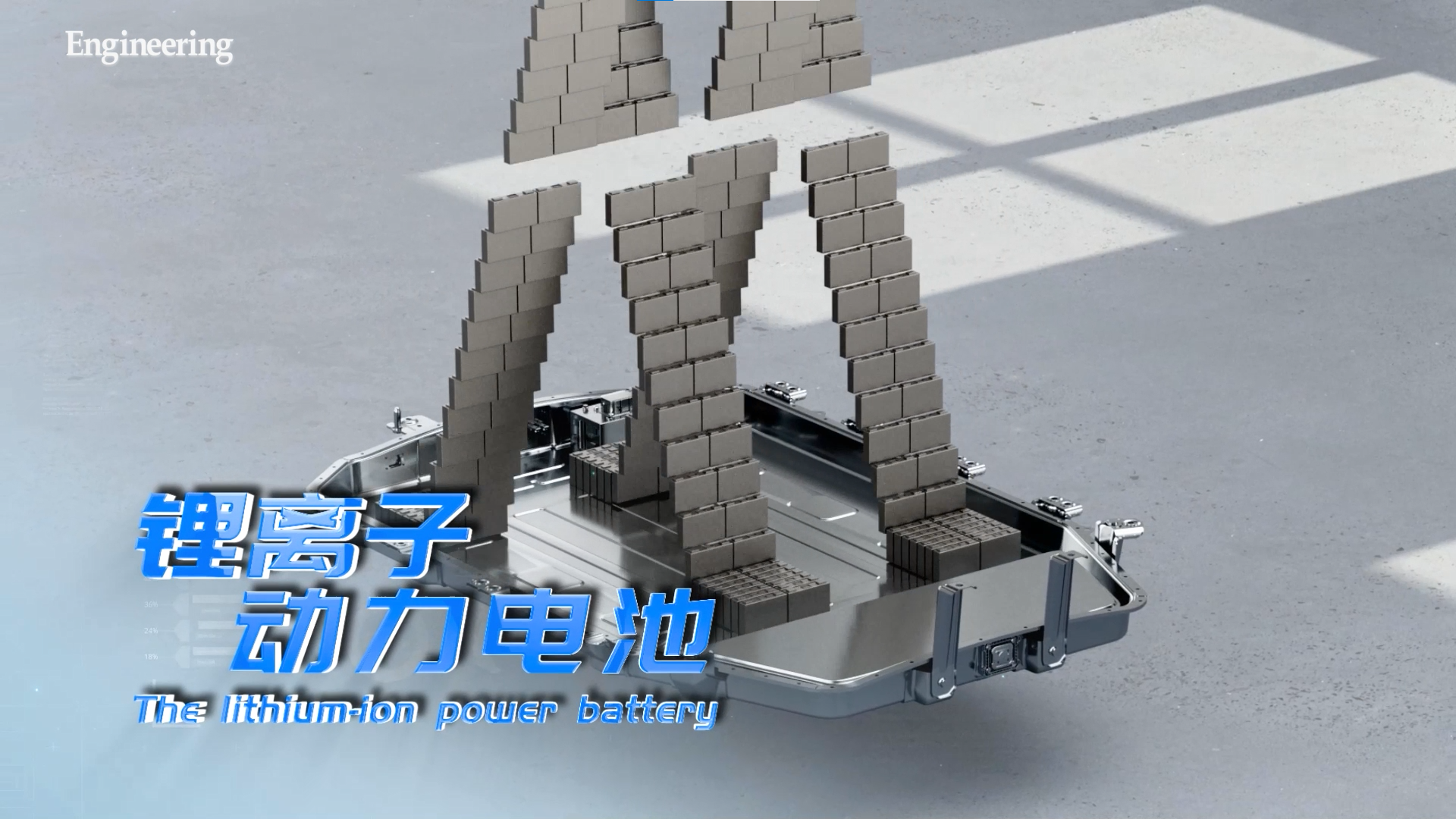检索范围:
排序: 展示方式:
《化学科学与工程前沿(英文)》 2023年 第17卷 第9期 页码 1244-1253 doi: 10.1007/s11705-022-2293-5
关键词: zinc-ion battery CaV8O20 polyaniline coating synergistic engineering high capacity long durability
Alumina modified sodium vanadate cathode for aqueous zinc-ion batteries
《能源前沿(英文)》 页码 775-781 doi: 10.1007/s11708-023-0902-8
关键词: cathodes aqueous zinc-ion batteries sodium vanadate alumina coating
《化学科学与工程前沿(英文)》 2022年 第16卷 第5期 页码 755-763 doi: 10.1007/s11705-022-2137-3
关键词: forward osmosis lithium-ion battery draw solution lithium-containing wastewater water treatment
Modeling and optimization of an enhanced battery thermal management system in electric vehicles
Mao LI, Yuanzhi LIU, Xiaobang WANG, Jie ZHANG
《机械工程前沿(英文)》 2019年 第14卷 第1期 页码 65-75 doi: 10.1007/s11465-018-0520-z
关键词: thermal management electric vehicle lithium-ion battery temperature uniformity design optimization
Preparation of biomass-derived carbon loaded with MnO as lithium-ion battery anode for improving its
《化学科学与工程前沿(英文)》 2023年 第18卷 第1期 doi: 10.1007/s11705-023-2376-y
关键词: biomass-derived carbon MnO2 lithium-ion batteries anode material high reversible capacity
Linghui Yu, Jiansong Miao, Yi Jin, Jerry Y.S. Lin
《化学科学与工程前沿(英文)》 2017年 第11卷 第3期 页码 346-352 doi: 10.1007/s11705-017-1648-9
关键词: lithium-ion battery battery safety composite separator porosity tortuosity
《化学科学与工程前沿(英文)》 2023年 第17卷 第9期 页码 1231-1243 doi: 10.1007/s11705-023-2306-z
关键词: anthraquinone-based polyimide multi-effect tin dioxide reduced graphene oxide lithium-ion battery
《能源前沿(英文)》 doi: 10.1007/s11708-023-0891-7
关键词: machine learning lithium-ion battery state of health neural network artificial intelligence
Lithium-ion modified cellulose as a water-soluble binder for Li-O battery
《能源前沿(英文)》 2022年 第16卷 第3期 页码 502-508 doi: 10.1007/s11708-021-0750-3
关键词: cellulose binder specific capacity cyclabi- lity lithium-oxygen batteries
陈立泉
《中国工程科学》 2002年 第4卷 第11期 页码 32-36
简要介绍了我国电动车的开发现状,指出了发展电动车的瓶颈是电池;阐明了锂离子电池对发展电动车的作用,特别强调目前的关键是研发适于电动车的锂离子电池材料;简述了作者的实验室在电动车锂离子电池关键材料研究方面的最新进展。
Feng XUE, Beicheng XIA, Rongrong YING, Shili SHEN, Peng ZHAO
《环境科学与工程前沿(英文)》 2013年 第7卷 第4期 页码 531-538 doi: 10.1007/s11783-013-0506-3
关键词:
biosorption
《能源前沿(英文)》 2023年 第17卷 第5期 页码 569-584 doi: 10.1007/s11708-023-0875-7
关键词: lithium (Li)-ion battery (LIB) Li metal battery three-dimensional (3D) composite Li metal anode mechanical modification reducing local current density
朱梅,徐献芝,杨基明
《中国工程科学》 2005年 第7卷 第5期 页码 79-83
提出多孔电极研究的新思路、新方法,探索电极反应的微观机理及宏观现象,试图为制造高效多孔电极提供理论参考。通过锌空气电池实验对比了立式多孔碳电极相对于传统多孔碳电极在放电中的优点。通过实验观察了三相界面的形成形态随时间变化的3个宏观过程,根据3个宏观过程对应的电化学过程定义了电极反应中所形成的2种有代表性的三相界面。分析了电解液在多孔电极中运动的微观机理并得出理想突变界面是气体电极的最佳工作状态的结论。

标题 作者 时间 类型 操作
Vanadium oxide cathode with synergistic engineering of calcium-ion intercalation and polyaniline coatingfor high performance zinc-ion batteries
期刊论文
Lithium-based draw solute for forward osmosis to treat wastewater discharged from lithium-ion battery
期刊论文
Modeling and optimization of an enhanced battery thermal management system in electric vehicles
Mao LI, Yuanzhi LIU, Xiaobang WANG, Jie ZHANG
期刊论文
Preparation of biomass-derived carbon loaded with MnO as lithium-ion battery anode for improving its
期刊论文
comparative study on polypropylene separators coated with different inorganic materials for lithium-ion
Linghui Yu, Jiansong Miao, Yi Jin, Jerry Y.S. Lin
期刊论文
anthraquinone-based polyimide enclosed SnO/reduced graphene oxide composite as high-performance anode for lithium-ionbattery
期刊论文
learning and neural network supported state of health simulation and forecasting model for lithium-ionbattery
期刊论文
Three-dimensional composite Li metal anode by simple mechanical modification for high-energy batteries
期刊论文
锂离子动力电池
2023年12月20日
会议视频








